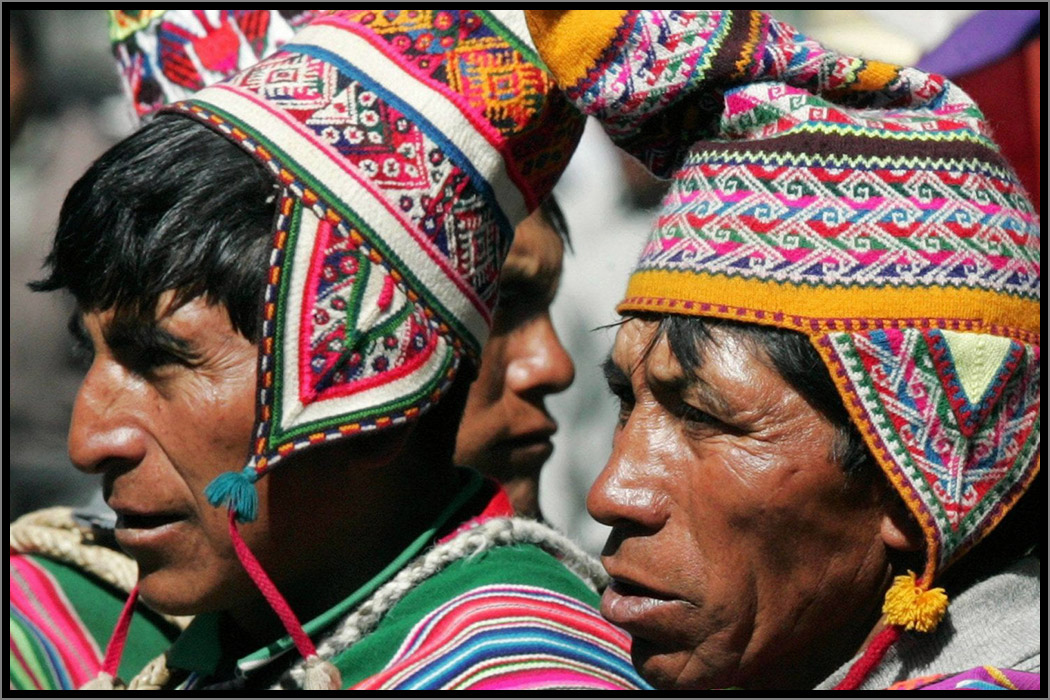Language as a form of resistance
The Guarani, to which the word Paranà belongs, is not just a marvellous indigenous language, but also a symbol of resistance to colonisation. In particular, it is spoken by 70% of people in Paraguay: the quechua, aimara and maya languages, on the contrary, slowly disappeared. Spanish is the official language. In schools and on the streets the guarani language is still spoken. And this is due to the fact that the locals allowed it to survive as they refused to submit to a foreign language.
Not even the dictator, Alfredo Stroessner, who governed the nation for over 30 years, trying to ban the language, succeeded in removing it from people's hearts.
From 2022 to 2032, the UN launched the Decade of Indigenous Languages, to protect them and promote their diffusion. In fact, although indigenous people represent only 6% of the world’s population, they speak over 4,000 of the world’s languages, which number between 7,000 and 10,000 in total.
Unfortunately, a forecast of the UN's Department of Economic and Social Affairs tells us that over a half of these languages will be dead before the end of this century: as of today, we can say that every two weeks, an indigenous language disappears from the face of the earth. Language is not something just related to tradition. For millions of people, it represents the first tool to affirm their human, civil and social rights. The world's biodiversity is therefore endangered.

Indios of the Department of Potosí, Bolivia




